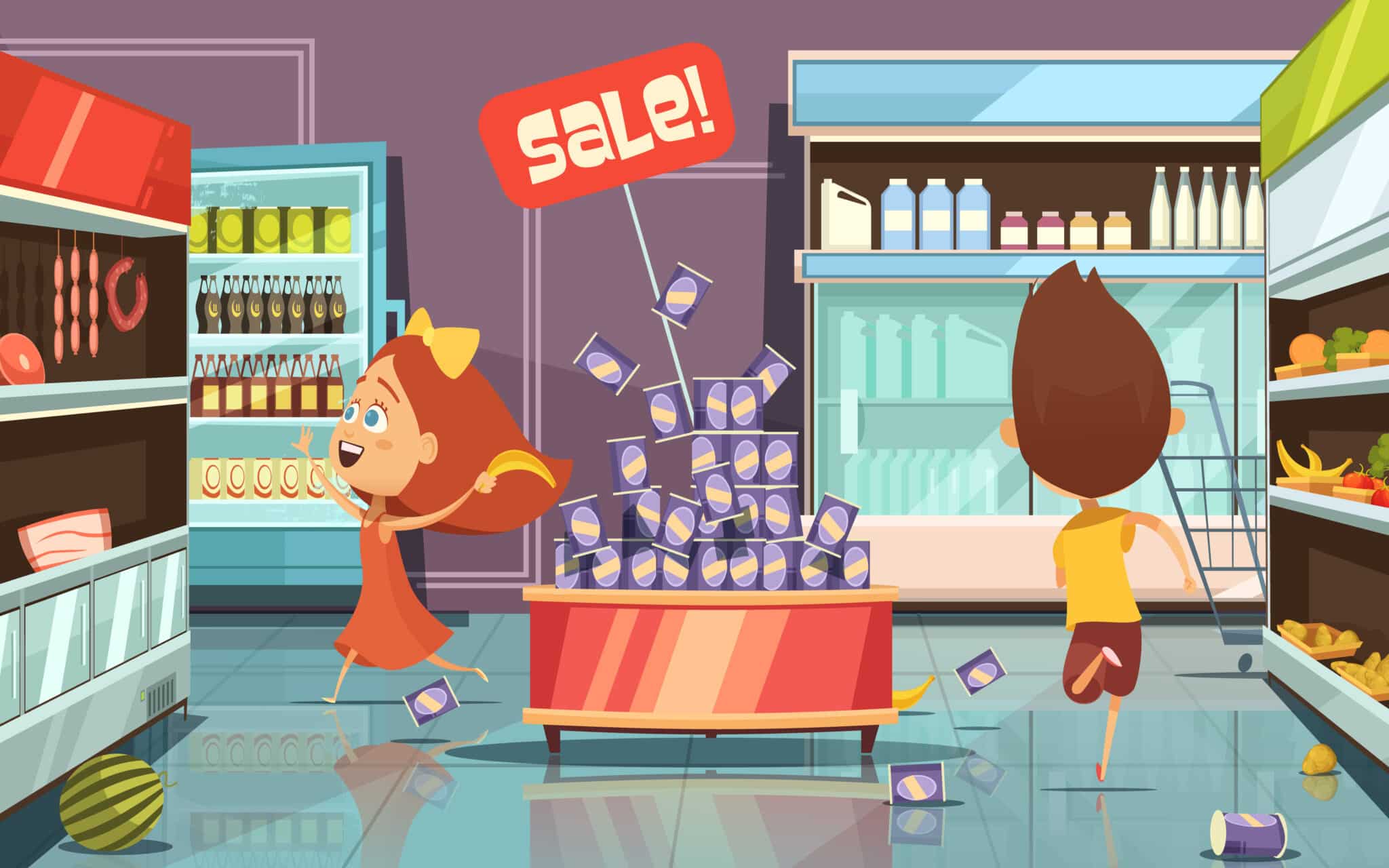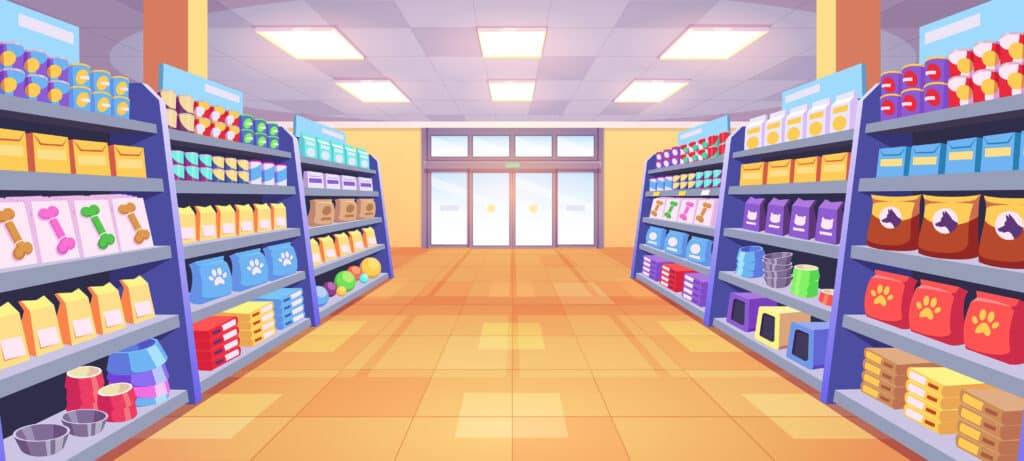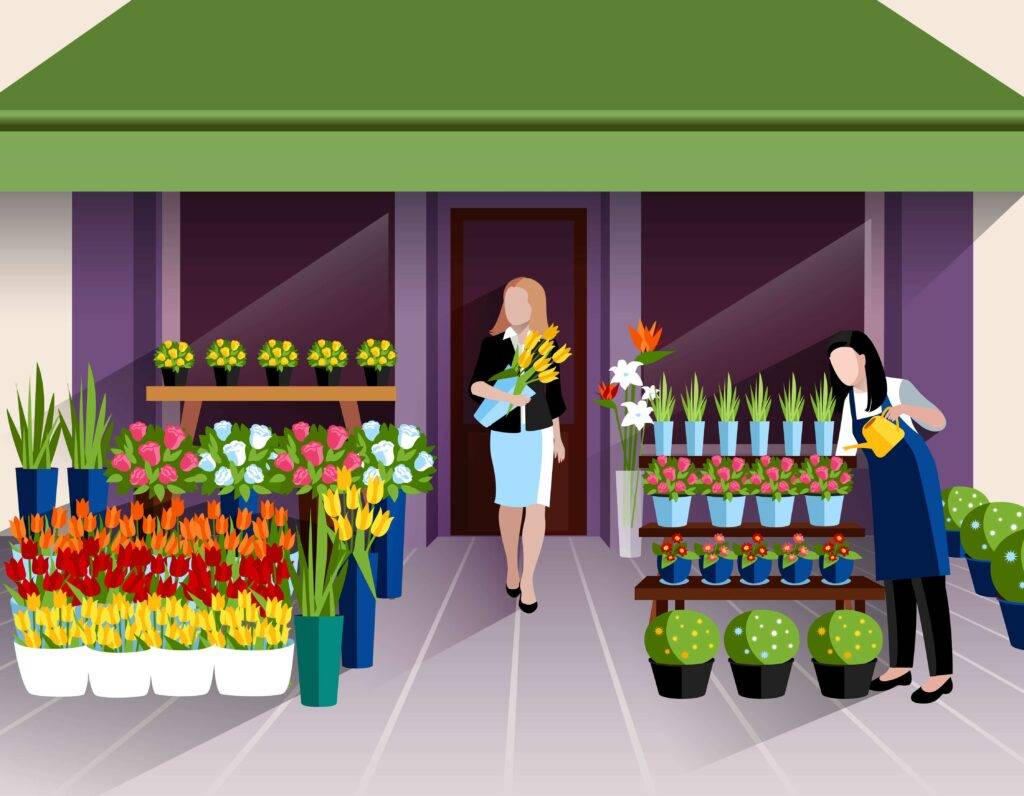When you go to a retail store, you might be attracted to the colorful displays, nice smells, and organized shelves. But have you ever wondered why you always end up buying more than you planned? Well, it’s not a coincidence! Retailers have tricks to make you spend more without knowing it. They use store layouts and pricing techniques to persuade you. So, get ready to learn about these secrets, because your shopping experience will change once you know them!
The Psychological Tricks Retailers Use to Influence Shoppers
Retailers use checkout counters to influence shoppers by strategically placing and designing them. These counters have tempting items like snacks, magazines, and impulse-buy products. Retailers put these items at eye-level and within reach to increase the chances of shoppers making extra purchases while waiting to pay. Some retailers also use point-of-sale systems that suggest complementary products based on what the shopper has chosen. This tactic aims to trigger impulse purchases by subtly suggesting items that can enhance or go well with the shopper’s selection.

Image by macrovector on Freepik
Retailers manipulate inventory levels and scarcity perceptions to encourage impulsive purchasing decisions. They create a sense of urgency by using limited time offers and highlighting low stock quantities on popular items. This fear of missing out leads shoppers to buy before the item sells out completely. Retailers also hide high-demand products to generate excitement and anticipation. This strategy builds anticipation and creates a sense of exclusivity, ultimately increasing demand and sales when the products are finally available.
In conclusion, retailers employ various psychological tricks to influence shoppers’ buying decisions. Whether it’s through strategically placed checkout counter displays or creating perceptions of scarcity and exclusivity, these tactics aim to capitalize on consumers’ impulses and desires in order to increase sales revenue.
Store Layout: Designing Spaces for Maximum Sales
Retailers have secrets for designing store layouts that maximize sales. One strategy is to create a flow that leads customers through the entire space, placing popular items strategically. This helps customers explore and make impulse purchases. Retail stores also use music and lighting to create an inviting atmosphere that encourages customers to stay longer and browse more products.
The power wall is a special area in the store where retailers put their most eye-catching products or promotions. It’s usually at the back or side of the store. By putting these items in a noticeable place, it increases the chances of shoppers seeing them and deciding to buy them. Retailers also think about where to put products in each aisle. They put more expensive items at eye level and cheaper items on lower shelves. These tactics help increase sales by putting products where people are more likely to see and buy them. In conclusion, making a good store layout involves thinking about things like how customers move around, what things look and smell like, where to put products, and how to make displays look nice.
Product Placement: Strategic Positioning for Impulse Buys
In the world of retail, product placement is a well-known tactic used to entice customers into making impulse purchases. And boy, do these stores know how to strategically position their products! From the checkout line filled with tempting snacks and magazines to the strategically placed candy bars at eye level in every aisle, they leave no stone unturned in their mission to make us spend more.

Image by upklyak on Freepik
One of the key strategies employed by retail stores is placing irresistible items near the cash register. Who can resist those tantalizing chocolate bars or quirky knick-knacks staring back at us while we wait in line? With our willpower waning as we inch closer to paying for our purchases, these strategically positioned impulse buys are hard to resist.
But it’s not just at the checkout counter where retailers play mind games with us. They also strategically place products throughout the store, ensuring they catch our attention at just the right moment. Whether it’s placing enticing items at eye level or creating visually appealing displays that draw us in, retailers use every trick in the book to make sure we don’t leave empty-handed.
So next time you find yourself reaching for an item you never intended to buy, remember that it’s not entirely your fault. The retail gods have worked their magic through product placement and strategic positioning, turning even the most disciplined shoppers into impulsive buyers. And hey, who can blame them? After all, shopping should be fun!
Pricing Strategies: The Art of Creating Perceived Value
Retail stores have tricks to make you spend more. One trick is making you think you’re getting a good deal. They do this by packaging things together or making them look nice.
Another tactic used by retail stores is the power of strategic placement. By strategically placing certain products at eye level or near high-traffic areas, stores can increase their chances of catching your attention and ultimately convincing you to make a purchase. Additionally, offering discounts and promotions can also contribute to the perceived value of a product. Even if the actual price reduction may be minimal, consumers are often enticed by the idea of saving money and feel more inclined to buy.
In conclusion, pricing strategies that create the perception of value greatly influence consumers’ purchasing decisions. Retail stores use clever packaging, strategic placement, and enticing discounts to make customers feel like they are getting more for their money. These tactics make shopping more exciting and increase sales for businesses trying to maximize profits. So, when you go to your favorite store or shop online, watch out for these tricks that might make you spend more than you planned!
Sales and Discounts: Playing with Perception
Retail stores have mastered the art of playing with our perception when it comes to sales and discounts. We’ve all fallen victim to the allure of a buy one, get one free offer or a limited time only sale. But what if I told you that these retail stores tactics are not just random marketing strategies? There’s actually some psychology behind them that makes us more likely to spend our hard-earned cash.
One trick retailers use is the concept of anchoring. By placing an item with a high price tag next to something cheaper, they create a perception of value. Suddenly, that $50 shirt seems like a steal compared to the $100 jacket next to it. Another tactic is scarcity. By using phrases like limited time offer or while supplies last, retail stores create a sense of urgency in our minds, making us feel like we need to buy now before it’s too late.
Decoy pricing is a fascinating strategy. It includes offering three choices: two similar products at different prices and one product that appears expensive but is actually a decoy. Our brains naturally look for the best deal, so when we have three options, we tend to choose the middle-priced one because it feels like we’re getting more value for our money. So, when you’re tempted by a tempting sale or discount, remember that retail stores are skilled at influencing how we see things.
Music and Scent: Setting the Mood for Spending
Retail stores are always looking for creative ways to entice customers to spend more money. One surprising secret they use is the combination of music and scent to set the perfect mood for spending. Picture yourself walking into a trendy clothing store with upbeat pop music playing in the background. The catchy tunes instantly boost your mood and make you feel excited about shopping. But it doesn’t stop there — as you browse through the racks, a subtle fragrance fills the air, creating a pleasant sensory experience that enhances your overall shopping experience.

Image by macrovector on Freepik
According to studies, music has a profound impact on our emotions and behavior. By carefully selecting songs with a moderate tempo and positive lyrics, retailers can create an atmosphere that makes shoppers feel relaxed, happy, and ready to open their wallets. Similarly, scents have a powerful influence on our emotions and memory recall. Retail stores strategically diffuse pleasant fragrances throughout their stores to trigger positive associations in customers’ minds, making them more likely to stay longer and spend more money.
Next time you’re happily shopping, pay attention to the catchy songs and pleasant smells. Retail uses this strategy to create a mood that makes us want to buy more clothes or gadgets.
Conclusion: Uncovering the Manipulative Tactics of Retailers
In conclusion, it is eye-opening to uncover the manipulative tactics that retailers use to make us spend more. From strategically placing high-profit items at eye level to creating a sense of urgency with limited-time offers, retail stores are masters at enticing us into making impulse purchases. It’s like playing a game where they carefully choose every move to keep us hooked.
Don’t worry! Now that we know about these sneaky tricks, we can outsmart them and become smart shoppers. We can avoid buying unnecessary things by making lists and sticking to them. Also, instead of falling for fake urgency, we can save money by taking advantage of sales and promotions while still treating ourselves occasionally. Remember, stores are only trying to make a profit, but with knowledge and skepticism, we can turn the tables on their manipulative tactics. So next time you go to your favorite store, stay alert and enjoy the experience without spending more than you planned!

